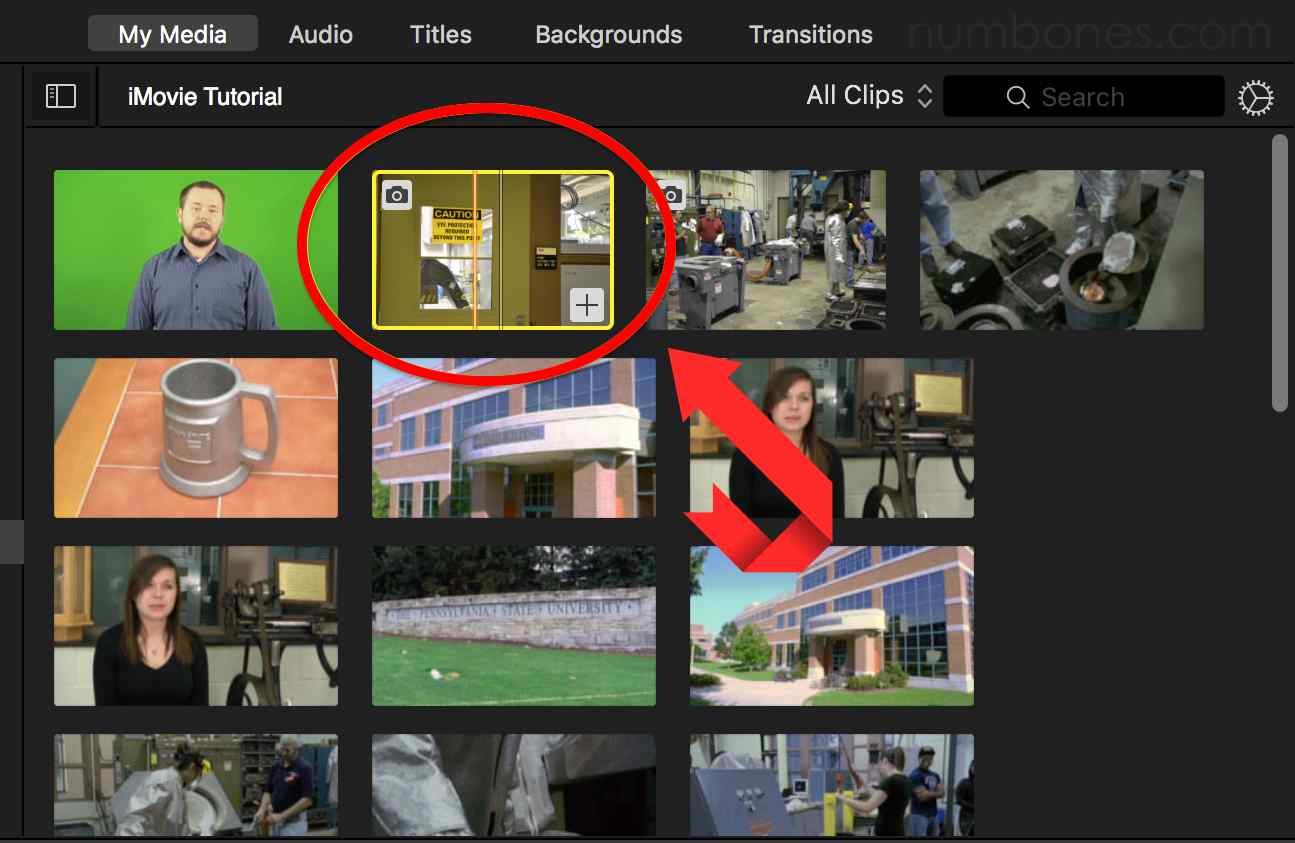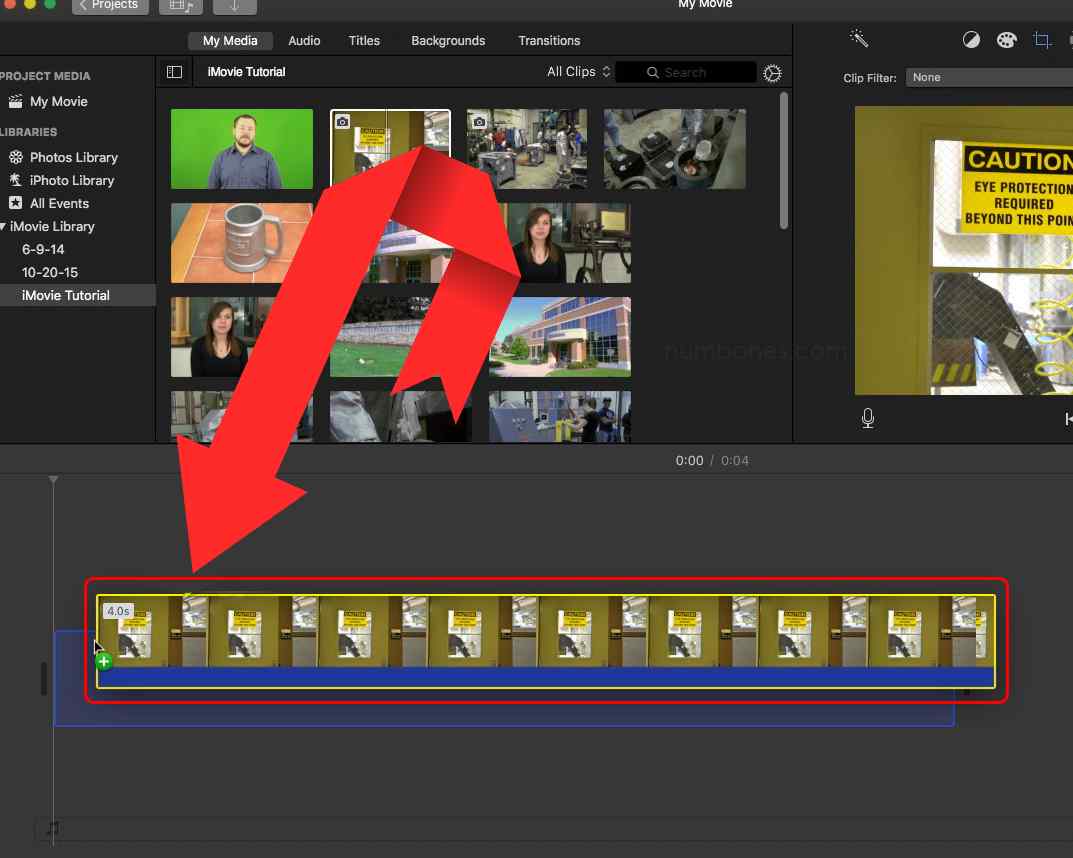
This guy avoided painting his walls by buying a bit of MDF. If you don't want to repaint your walls, you can buy sheets of cloth specifically made for the purpose, but these can be pretty expensive. You are of course going to need a green screen of some kind. I happen to have to have repainted my office walls a bright lime green which works reasonably well for chroma-keying - I can't film my full body, since the carpet isn't green, but for most purposes it's more than sufficient. You might also want to check out these 4 creative projects to do on your Mac, as well as how to make a basic music video and our guide to adding film effect to video. It's actually really easy, but something a little unique to consider for your next video project. Step 1 Launch the iMovie 11 program In order to use Green screen, you might need to activate the 'Show Advanced Tools' from the 'Preferences' menu of iMovie first.

Today I want to show you how to do green screening in iMovie, and Adobe Premiere. In fact, any color can theoretically be used, but since green rarely occurs on the human body or clothing and offers a good contrast, it's the most commonly used. An obvious example is the weather, where a presenter will stand in front of what appears to be a giant map - in fact, they're standing in front of a green screen and the weather map is being added later.Īll you really need to get started is some video footage of yourself with a green, or blue, background.


Watch our FREE iMovie video editing tutorial series HERE. Technically known as chroma-keying, green screening is the process of masking a video using color - removing specific parts so you can overlay one video on top of another. 1.In iMovie, apply your video as a green screen on a desired background to see what kind of issues you might see even after applying green screen settings. Learn how to add green screen effects in to your iMovie projects.


 0 kommentar(er)
0 kommentar(er)
